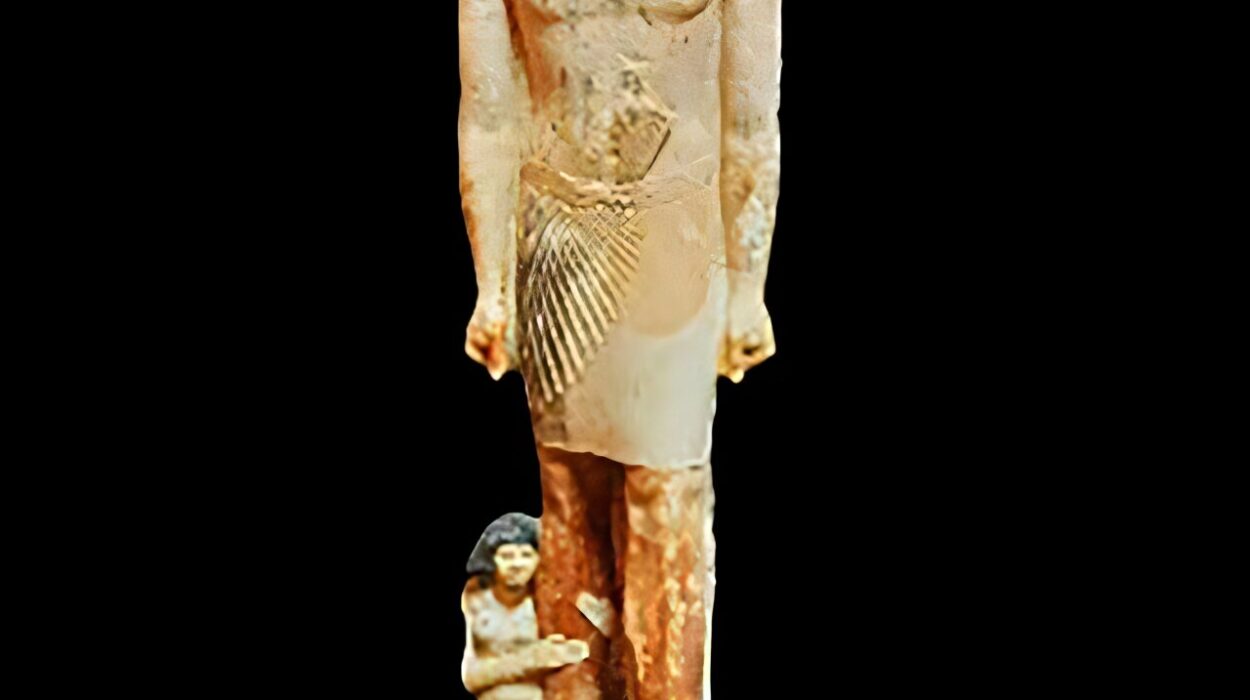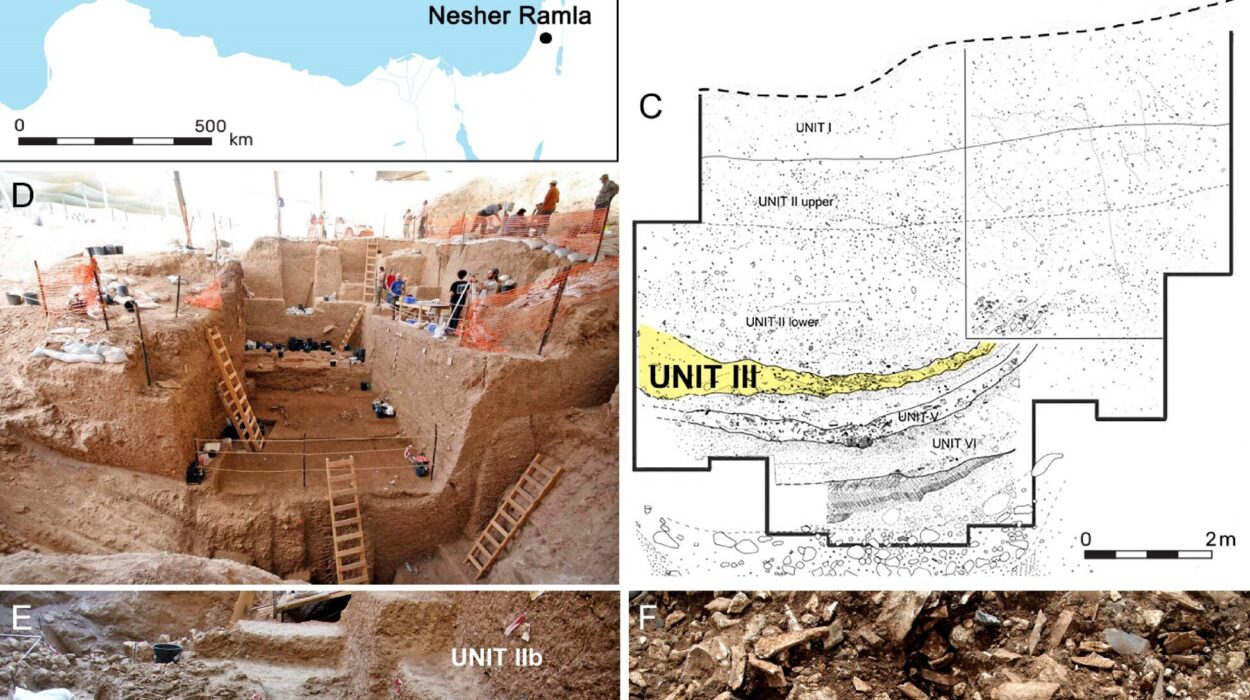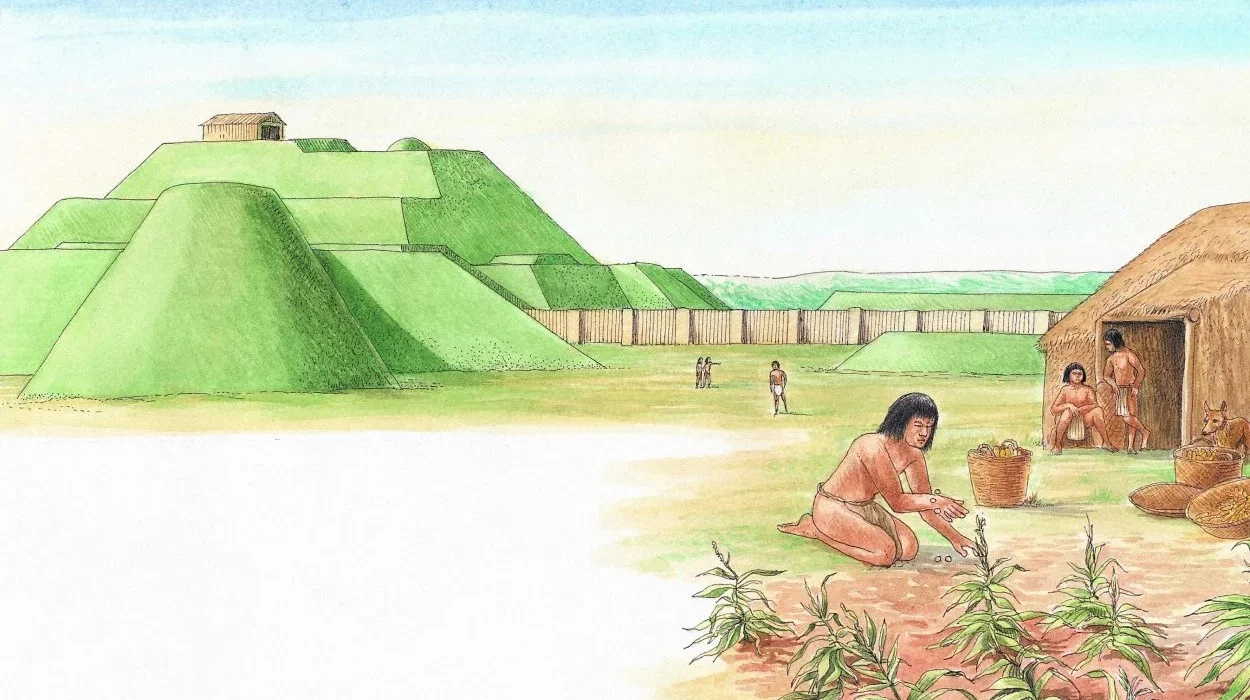Long before cities rose, before kings ruled or scriptures were etched, there were humans and stone. Not the humans we know today, but their deep ancestors—Homo erectus—figures now known more through fragments of bone and chipped flint than through any story they told.
And yet, the stones themselves speak.
In the Upper Galilee of Israel, archaeologists have spent decades unearthing layers of this unspoken story. The landscape is scattered with Paleolithic quarries, flint tools abandoned long ago, and hints of lives lived in rhythm with the land. But one question persisted: Why did early humans return, again and again, to the same stone outcrops to craft their tools—ignoring nearby sources of equally useful stone? The answer, it turns out, lies not just in geology or human need, but in the great grey ghosts of the past: the elephants.
A Sacred Triad: Water, Stone, and Prey
For nearly 20 years, Professor Ran Barkai and Dr. Meir Finkel of Tel Aviv University have studied the ancient flint quarries of the Galilee. These were not casual tool-making locations. They were vast landscapes, pockmarked with extraction pits, littered with thousands of flint shards—evidence of methodical, repeated human presence.
What they’ve discovered rewrites the very rhythm of prehistoric life.
The sites weren’t chosen solely because of the quality of the stone, though the flint here is among the best for tool-making. They were chosen because they sat close to something even more precious: the predictable pathways of elephants.
Elephants—towering, slow-moving, and essential—were more than prey. They were a central pillar of survival. Their sheer size meant that a single successful hunt could feed an entire group for weeks. But their habits also made them traceable. Elephants require massive amounts of water—up to 400 liters a day. They walked the same routes, always toward water, always passing through narrow river valleys or shoreline bottlenecks.
These ancient migration routes became lifelines for both the giants and the humans who hunted them.
Hunting Without Claws: The Human Solution
Unlike big cats or wolves, early humans were woefully unequipped for hunting. They had no claws to tear, no fangs to rip. What they had was intelligence, planning, and flint.
Stone tools were their answer to nature’s imbalance.
When an elephant was spotted, the opportunity was immense—but so were the risks. The carcass of such a massive creature attracted predators from all corners of the wild, from lions to hyenas. The meat would not last, and there were no refrigerators or smokehouses to preserve it. Timing was everything.
So the humans prepared. They shaped dozens, sometimes hundreds, of tools in advance, close to where they knew the elephants would pass. That way, when the moment came, they were ready—not just to strike, but to cut, strip, butcher, and carry.
This urgency, this logistical choreography of hunt and harvest, left its marks in stone.
When the Quarry Became More Than Rock
Yet something more than practicality lingers in the soil.
As the researchers studied these flint sites, they noticed something curious. Some outcrops were used again and again, leaving behind vast tool-making debris fields. But other nearby outcrops—containing the same quality of flint—were untouched. Why?
The answer may lie in the spiritual world of early humans. Barkai and Finkel found compelling parallels in modern-day indigenous hunter-gatherer communities. Among these cultures, certain quarries are treated as sacred. They are not just places to take stone—they are places to give thanks, to pray, to remember. Offerings are left. Rituals are held. Some quarries are believed to possess a spiritual potency, a kind of ancestral energy that transcends utility.
It is entirely possible that the prehistoric people of the Galilee saw their quarries not just as stone factories, but as sacred places.
The tools made there might not only have been shaped for butchering elephant flesh—they may have also been infused with symbolic or emotional significance, passed down across generations. Perhaps some stones were never even used, but left as offerings, tributes to a place where survival and sanctity met.
The Geography of Life and Death
Dr. Finkel explains how the topography of the region made it a perfect meeting point between humans and elephants. The Galilee, with its mountains, rivers, and valleys, created natural choke points—places where elephants were forced to move through narrow passages or alongside cliffs and water. These pinch points became ideal hunting grounds.
And when you trace the ancient elephant routes on a map, something astonishing happens. They line up almost perfectly with the flint quarries.
The overlap is no coincidence. It’s evidence of strategic behavior—what some might even call ecological wisdom. These early humans weren’t wandering aimlessly. They were tuned to the land, to the movements of their prey, to the pulse of the ecosystem itself.
They set up camp where the land squeezed the giants into their path. They quarried flint where it could be quickly turned into blades. They hunted and butchered and then disappeared, leaving behind silent testaments in stone.
A Pattern Across Continents
Once they’d unraveled this pattern in Israel, the researchers turned their eyes outward. Could this trinity of water, elephants, and flint be found elsewhere?
The answer was yes.
Across Asia, Africa, and Europe, similar sites exist—places where early humans returned repeatedly to quarry stone near the migratory paths of elephants and, later, mammoths and other large herbivores like hippos and camels. The evidence stretched across continents and millennia.
Everywhere the great beasts roamed, humans followed. And everywhere humans hunted them, the stone was prepared beforehand, near water, on sacred ground.
This “Paleolithic holy trinity,” as Professor Barkai calls it, may be one of the oldest cultural patterns of our species—a framework by which life was organized and sustained long before writing or monuments.
When the Giants Were Gone
For hundreds of thousands of years, this system endured. The elephants walked, the humans followed, the tools were shaped and left behind. It was a tradition, a ritual, a way of life.
But eventually, it ended.
Whether through overhunting, climate change, or both, the elephants vanished. Their paths grew cold. The quarry sites fell silent. The tools remained, weathering the centuries, mute witnesses to an extinct way of life.
And with the giants gone, something changed in the human world. New hunting methods evolved. New prey were targeted. The landscape itself, once shaped by the footfalls of megafauna, began to shift.
But the memory remained—etched in flint, layered in sediment, whispering through the bones of long-dead elephants.
What the Stones Still Tell Us
This new research doesn’t just illuminate how Homo erectus survived—it offers a glimpse into how they thought.
They were not merely scavengers or primitive brutes. They were planners, observers, craftsmen, and perhaps even believers. They understood their world well enough to map its rhythms, to anticipate opportunity, and to prepare with almost military precision.
They didn’t just use the land—they collaborated with it, embedding their lives within the great flows of nature.
In our modern world of highways and algorithms, it’s easy to forget how deeply our ancestors once listened to the earth. But in the quiet hills of Galilee, the stones remember. They tell a story of a vanished alliance between humans and elephants, between flint and flesh, between need and reverence.
They remind us that intelligence is not only found in technology—but in timing, in place, and in the ancient instinct to return, again and again, to where survival—and perhaps something sacred—awaits.
Reference: Meir Finkel et al, Quarries as Places of Significance in the Lower Paleolithic Holy Triad of Elephants, Water, and Stone, Archaeologies (2024). DOI: 10.1007/s11759-024-09491-y






